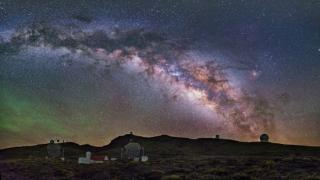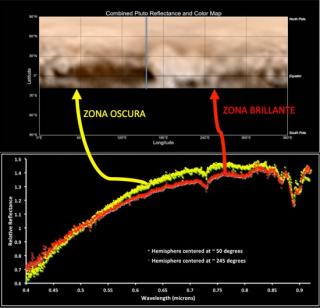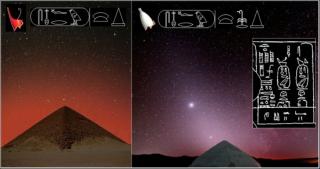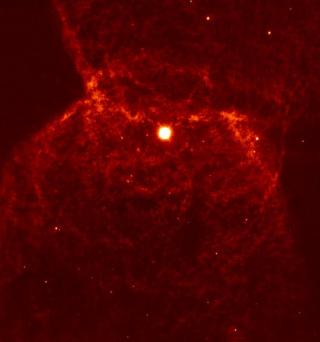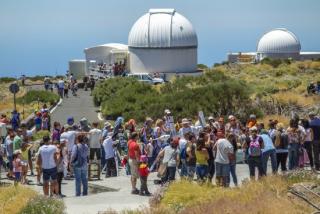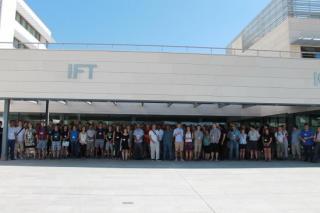
Hoy se clausura la reunión anual de la colaboración internacional SDSS-IV en el Instituto Física Teórica IFT UAM-CSIC de Madrid con participación del Instituto de Astrofísica de Canarias (IAC) y donde se han presentado los primeros resultados de los proyectos APOGEE-2, eBOSS y MaNGA.
Advertised on
